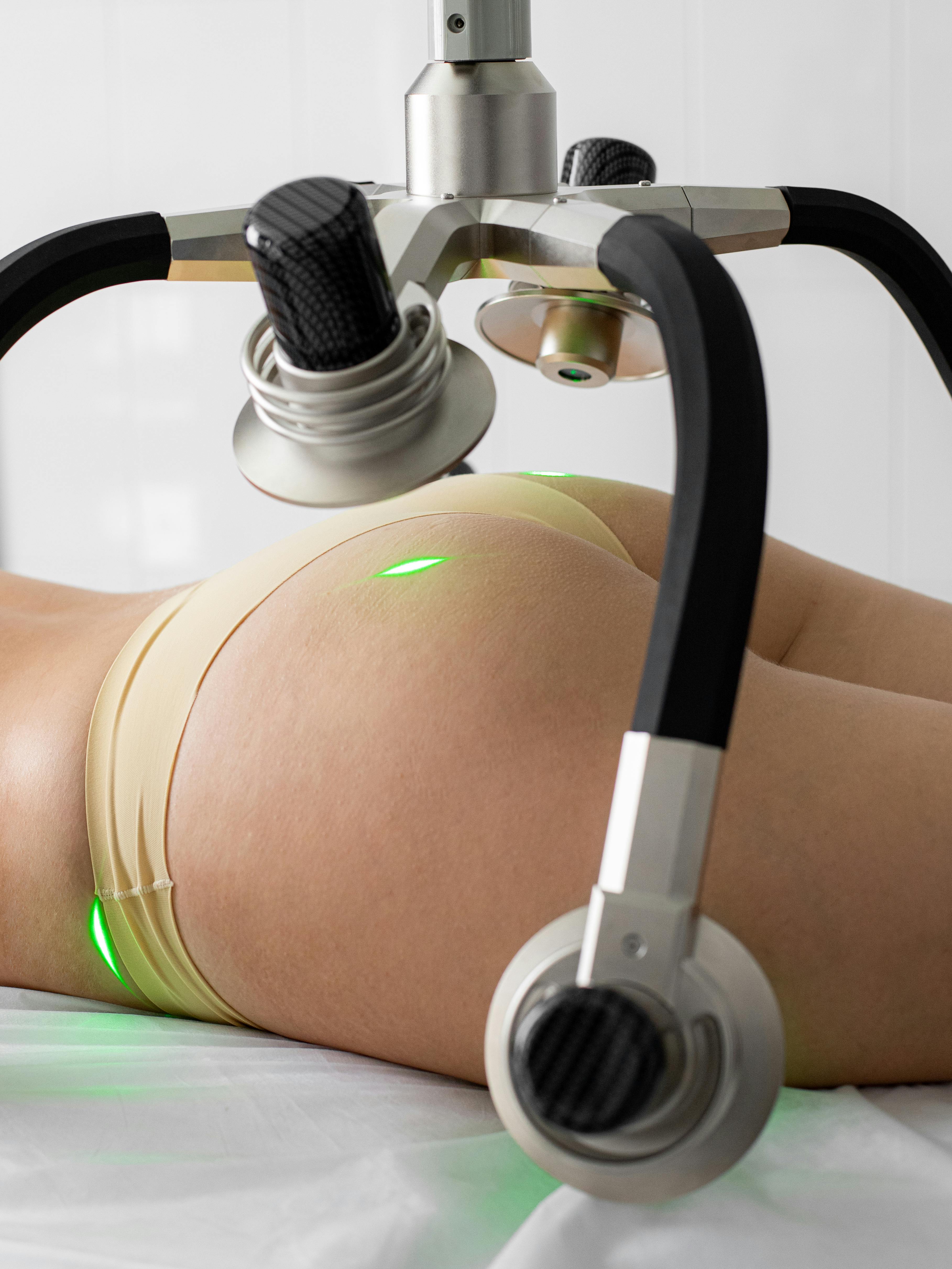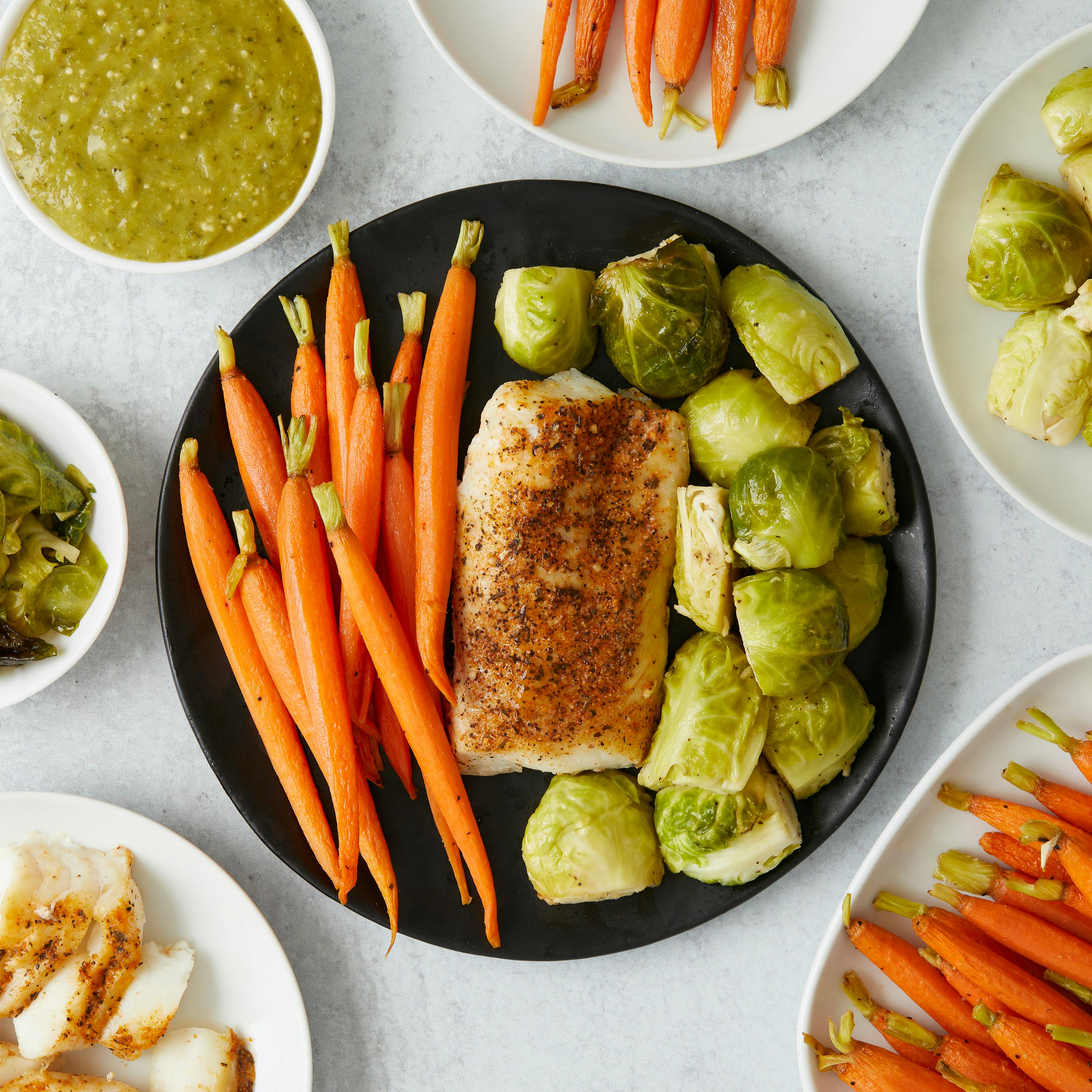
Smart Ways to Optimize Your Lymphedema Diet in 2025
Lymphedema is a condition characterized by swelling, often in the arms or legs, due to the accumulation of lymphatic fluid. Proper management of lymphedema through diet can significantly ease symptoms, and make day-to-day life more manageable. In 2025, the focus on a comprehensive lymphedema diet is more crucial than ever, as it plays a pivotal role in reducing swelling, supporting overall health, and improving quality of life.
This article will guide you through effective dietary strategies for lymphedema management. We’ll explore the importance of hydration, the benefits of low-sodium diets, anti-inflammatory foods, and how meal planning can support your lymphedema journey. Along the way, we’ll cover essential tips for incorporating high-nutrient meals, fruits, and vegetables into your diet, and how to make mindful eating choices. Let’s dive into the smart ways to optimize your lymphedema diet.
Understanding the Key Components of a Lymphedema Diet
Building a diet designed specifically for lymphedema management starts with understanding what foods work best to support your lymphatic system. The cornerstone of this diet includes anti-inflammatory foods, healthy fats, and adequate hydration. Not only can these foods help manage lymphedema symptoms, but they also contribute to overall wellness.
Low-Sodium Diet Benefits
One of the first and most critical changes to consider when managing lymphedema is adopting a low-sodium diet. Sodium can exacerbate fluid retention and swelling, which is particularly problematic for individuals with lymphedema. By aiming for a sodium intake of less than 2,300 mg per day, you can help reduce puffiness and discomfort.
Focus on whole, unprocessed foods, and opt for herbs and spices for flavorings instead of salt. For example, try using garlic, lemon zest, or fresh herbs to enhance your meals without relying on sodium. Remember to check food labeling, as many packaged items contain hidden sodium that can contribute to swelling.
Incorporating Anti-Inflammatory Foods
A diet rich in anti-inflammatory foods can significantly benefit those dealing with lymphedema. Foods like fatty fish (which contain omega-3 fatty acids), berries, leafy greens, and nuts help in reducing inflammation, while promoting better lymphatic health. Aim to include these foods in your daily meals.
Consider meal prepping to incorporate these anti-inflammatory options into your diet seamlessly. For instance, cooking up a batch of baked salmon with a side of sautéed spinach and quinoa not only delivers high-nutrient and anti-inflammatory benefits but also serves as a delicious lymphedema-friendly meal.
The Role of Healthy Fats in Nutrition
Healthy fats are essential for a balanced diet, particularly when managing lymphedema. Foods high in omega-3 fatty acids, such as avocados, walnuts, and olive oil, support lymphatic health and contribute to overall wellness. Besides fortifying your meals, these fats also help in nutrient absorption, which is crucial for maintaining health amidst chronic conditions.
Hydration: The Foundation of Lymphedema Management
One often overlooked yet vital component of a lymphedema diet is hydration. Adequate water intake can directly influence swelling and fluid retention. For lymphedema patients, staying hydrated enables the lymphatic system to function effectively, aiding in the reduction of swelling and promoting toxin elimination by the body.
Hydration Tips for Effective Management
To enhance hydration, consider setting reminders to drink water throughout the day. Aim for at least eight 8-ounce glasses, or more if you engage in physical activity. Incorporating hydration-rich foods like cucumbers, tomatoes, and watermelon into your meals or snacks can also increase your overall fluid intake while providing essential nutrients.
Moreover, beware of sugary beverages and excessive caffeine, as they can create dehydration. Instead, opt for herbal teas or infused water with fruits for a refreshing beverage that aligns with your lymphedema management goals.
Importance of Portion Control in Diet
Portion control is another vital aspect of optimizing your lymphedema diet. Eating the right portion sizes helps prevent caloric overload and assists in weight management, which is important for minimizing lymphedema symptoms. Understanding portion sizes can guide you toward making healthier food choices and maintaining balanced nutrition.
Implement mindful eating practices by being conscious of your hunger signals and allowing your body to take the lead on food intake. Using smaller plates can also promote lower calorie consumption without feeling deprived.
Meal Planning for Lymphedema Management
Effective meal planning can simplify your journey toward a lymphedema-friendly diet. By planning your meals in advance, you can ensure a variety of nutrient-dense foods that align with your dietary needs while decreasing the likelihood of reaching for processed, high-sodium snacks.
Practical Meal Prep Tips
When engaging in meal prep for lymphedema management, consider batch cooking proteins like grilled chicken or legumes, and pairing them with an assortment of vegetables and whole grains. This not only saves time during the week but also provides you with nutrient-rich meals that are easy to access. meals that are easy to access.
Additionally, using a meal planner app can help you stay organized with your grocery shopping and nutrition tracking. Making a grocery list focused on whole foods and avoiding processed items can promote healthier eating habits while managing lymphedema.
Creative Recipes for Lymphedema-Friendly Meals
Experimenting with recipes tailored to your lymphedema diet can transform your meals from uninspired to exciting. Consider dishes with components that provide beneficial nutrients, such as quinoa and roasted vegetables or a spinach and chickpea salad topped with a light vinaigrette.
Utilize low-sugar alternatives and heart-healthy snacks to keep your energy up throughout the day. Combine these recipes into a weekly meal plan that features high-nutrient meals, ensuring you get a range of vitamins and minerals crucial for lymphatic health.
Dietary Changes and Lifestyle Adjustments
Embracing dietary changes is not just about monitoring what you eat; it's about making consistent lifestyle adjustments that fit into your day-to-day routines. This shift can significantly impact your lymphedema management efforts.
Understanding Foods to Avoid
Identifying foods that can exacerbate lymphedema symptoms is a central part of your journey. Processed foods, high-sugar treats, and excess sodium can lead to increased swelling and discomfort. Make a conscious effort to limit these food groups as much as possible.
Incorporating knowledge about food allergen awareness can also help you avoid foods that specifically trigger symptoms or discomfort for you. Consider keeping a food diary to record your meals and symptoms, enabling you to identify any problem areas.
Mindful Eating and Food Tracking for Success
Mindful eating practices nourish both the body and mind. Paying attention to the eating experience can help you stay in tune with hunger and fullness signals, ultimately contributing to better dietary compliance. By tracking your food intake, you can also gauge what foods work best for your lymphedema management and adjust accordingly.
Utilize nutrition tracking apps to make the process easier and ensure you’re meeting your nutrient requirements without exceeding caloric limits.
Q&A: Common Questions About Lymphedema Diet Management
What are the best sources of protein for a lymphedema diet?
Great protein sources include lean meats, fish, legumes, and nuts. These foods help maintain muscle mass while supporting overall health.
How can I ensure adequate hydration throughout the day?
Carry a water bottle with you, and try to set reminders for regular water breaks. Incorporating fruits and vegetables with high-water content also helps.
Are there effective supplements for managing lymphedema?
While supplements can aid in lymphedema management, it’s essential to consult a healthcare professional before beginning any new supplement regimen. Some beneficial options might include omega-3 fatty acids and vitamins C and D.
How do I read food labels to avoid processed foods?
Look for ingredients with fewer than five items, and avoid those with high sodium levels and added sugars. Familiarize yourself with terms associated with processed foods to make informed decisions.
Can I eat out while managing lymphedema?
Absolutely! Choose restaurants that offer customizable options, and don’t hesitate to ask for modifications to suit your dietary needs. Focus on grilled or baked items, and ask for dressings or sauces on the side to control sodium intake.

